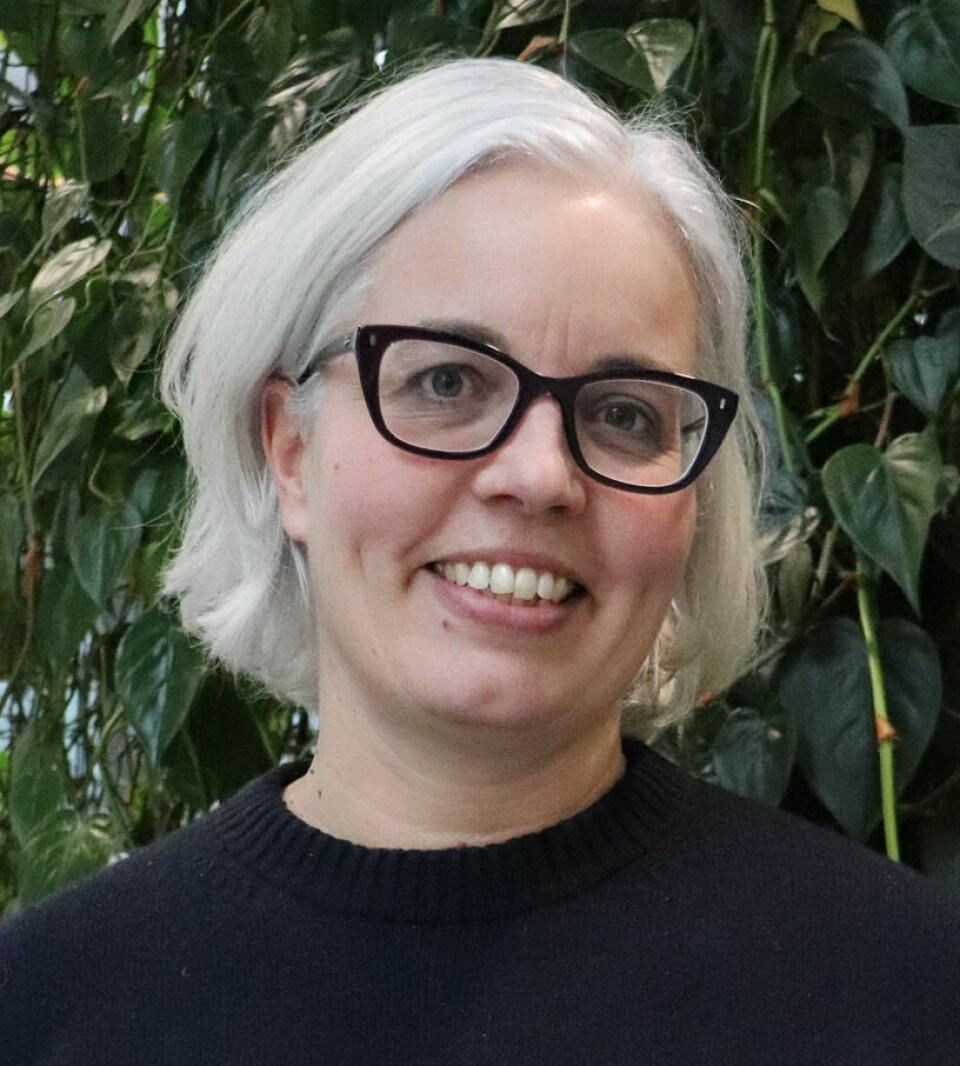THIS CONTENT IS BROUGHT TO YOU BY THE University of Agder - read more
"Losing experiences in nature can make us blind to it and the changes happening"
Children and young people learn more about biodiversity when they gain their own experiences observing nature, according to a researcher.

“It's better that we give them the chance to practice being attentive in nature rather than teachers telling them what to look for. They must be able to wonder on their own and practice describing what they see,” says Anne Lien.
She is a researcher at the University of Agder's Faculty of Engineering and Science.
Lien has looked into which learning methods are best suited for teaching children and young people about biodiversity. These methods have practical significance for teachers who bring students into the forest or a flower meadow.
“By focusing on being attentive through more open forms of observation, children can have richer experiences in nature,” says Lien.
Engaging mind and body
A key takeaway from this research is that children can learn to see more in nature if teachers use multiple modes of observation during science lessons.

Lien also points out that teachers should give children the opportunity to actively use all their senses in an active and repetitive exploration.
“Students say that when they observe a plant or an insect multiple times, they notice more details. They also say they see more when observing a plant outdoors instead of just seeing a picture in the classroom,” says Lien.
She explains that observation in nature involves both knowing what to look for and being attentive with all senses.
“In science lessons, this means children should use both their mind and body when learning about the diversity in nature,” she says.
Open and closed methods
While nature offers diverse and valuable experiences, both students and teachers need to practice attentiveness to discover them.
“It's a form of dialogue. What we see in nature changes and is shaped by our knowledge, past experiences, the activities we do, and what we have learned is important,” says Lien.
She explains that there should be a balance between open and closed methods of observing in nature.
With open observation, we use our senses actively and with curiosity. This approach allows both students and teachers to discuss what they find important while observing.
In closed observation, the teacher directs students on what to focus on.
Different ways of observing
Lien observed and interviewed teachers and students in Year 5 science classes over a period of time.
She developed teaching cases from the history of science. In them, she tells the stories of four researchers who approached nature in different ways. They also had different perceptions of what is important.
These approaches, along with the stories of the four researchers, were given by Lien to the teachers to try out with the students.
First, students used an observation method where they compared and looked for similarities among different insects. They compared insects, for example. What were the similarities and differences in the structure of legs, wings, and mouth parts?
In the next approach, students engaged their whole bodies by creating and being attentive with all their senses. They created three-dimensional models of the life cycle of selected butterflies by examining images and preserving specimens.
In the third method, students systematised and sorted plants into different categories. They counted and measured attributes like the number of petals and sepals on the flower.
The final method was a curiosity-driven exercise where students sought explanations for their observations. They considered questions such as why there are so many plants and animals and why they appear as they do. The students tried to interpret what they saw and and ponder the stories behind them.
Lien found that these different approaches provided students and teachers with different types of knowledge about biodiversity.
Less knowledge about diversity
Lien says it is important for children and adults to have knowledge about biodiversity.
She notes that there is a steady loss of species in nature. At the same time, knowledge about species diversity is decreasing among both students and teachers.
“Nature is disappearing little by little. Losing experiences in nature can make us blind to it and the changes happening. This means many people no longer notice the species living in nature or when they disappear,” she says.
But Lien believes if we practice awareness, we can discover diverse and valuable experiences in nature and perhaps prevent the loss of nature.
Reference:
Lien, A. Exploring Living Nature: Modes of observation in history, teaching and learning, Doctoral dissertations at University of Agder, 2024.
———
Read the Norwegian version of this article on forskning.no

This content is paid for and presented by the University of Agder
This content is created by the University of Agder's communication staff, who use this platform to communicate science and share results from research with the public. The University of Agder is one of more than 80 owners of ScienceNorway.no. Read more here.
More content from the University of Agder:
-
Research paved the way for better maths courses for multicultural student teachers
-
The law protects the students. What about the teachers?
-
This researcher has helped more economics students pass their maths exams
-
There are many cases of fathers and sons both reaching elite level in football. Why is that?
-
How we used plants to protect ourselves from evil
-
What is it like for nurses to promote health behind bars?




































